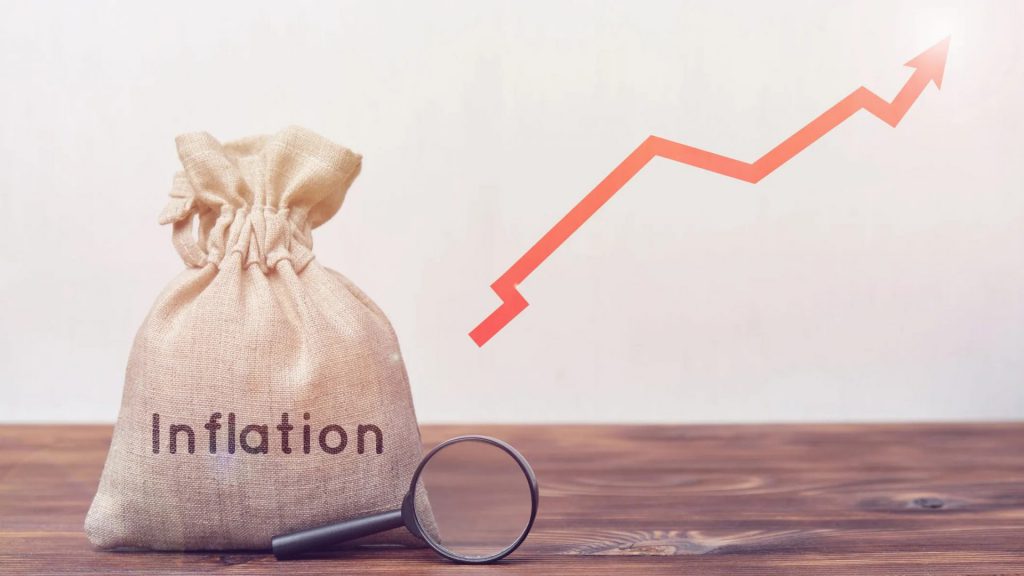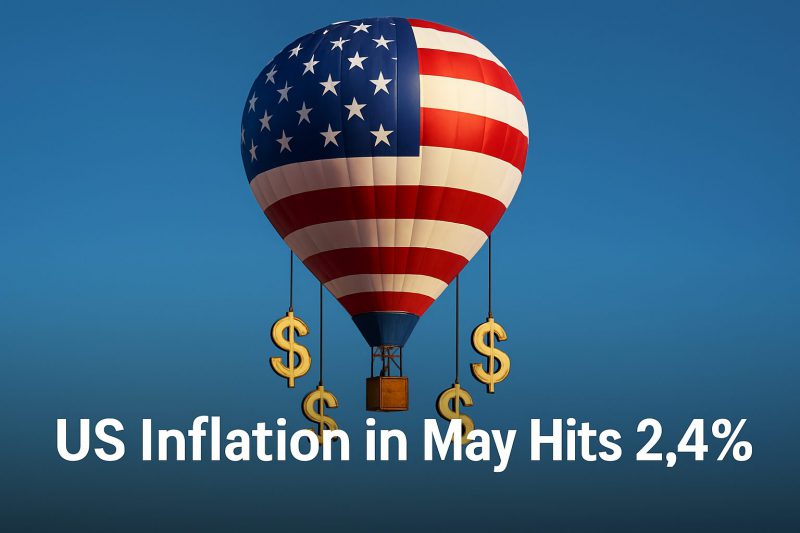US inflation in May reached 2.4% annually, and this came in below the 2.5% forecast that economists had been expecting. The rate was also up from April’s 2.3% reading. The Consumer Price Index data showed that inflation May 2025 cooled unexpectedly, with monthly growth of just 0.1% versus the 0.3% prediction that analysts had made.
Core inflation held steady at 2.8% annually, and this was also below the anticipated 2.9% forecast. This softer reading has eased some market volatility concerns and reduced regulatory uncertainty, though high transaction fees continue to pressure consumers and businesses right now.

Also Read: US Tariffs to Drag Euro-Area Inflation to 1.7%, EU Forecast Reveals
How US Inflation in May 2025 Affects Market Volatility & Regulations


Energy Prices Drive US Inflation in May Decline
The surprising US inflation in May deflation was led by gasoline prices, which fell 12% on a year over year basis. Clothing dropped 0.9 percent and airline fares fell 7.3 percent and those decreases helped to counter rising prices on beef, coffee and housing costs that consumers continue to encounter.
Adam Crisafulli of Vital Knowledge said lower energy prices were a key disinflationary pressure on the broad index. This energy-driven weakness contributed to restraining overall price pressures, although market volatility in other areas is continuing to impact the economy.
What’s the Federal Reserve Response to Inflation May 2025 Data?
The softer inflation May 2025 reading sent stock futures surging in pre-market trading, and investors anticipated this could prompt earlier Fed rate cuts than previously expected. However, economists maintain a 100% probability that the Fed will hold rates steady at its June 18 meeting. US inflation in May data, while encouraging, hasn’t shifted Fed policy expectations significantly given that rates remain above the 2% target.
Vice President JD Vance stated:
“The president has been saying this for a while, but it’s even more clear: the refusal by the Fed to cut rates is monetary malpractice.”
This political pressure reflects ongoing regulatory uncertainty surrounding Fed independence and rate policy decisions at the time of writing.
Tariff Impact on Future US Inflation in May Trends
While current us inflation in May data shows limited tariff effects, analysts warn that this will change in the coming months. Companies are already signaling price increases due to high transaction fees and import costs that are building up.
Seema Shah, chief global strategist at Principal Asset Management, stated:
“Tariff-driven price increases may not feed through to the CPI data for a few more months yet, so it is far too premature to assume that the price shock will not materialize.”
Also Read: Powell: Tariffs Will Generate Higher Inflation and Rising Unemployment
Historical data suggests that tariff impacts typically appear about 3 months after implementation, and this timing is crucial for understanding future trends. The National Federation of Independent Businesses reported that 31% of members planned price hikes in May, up from 28% in April, and this indicates building pressure despite current inflation May 2025 moderation.
Stephen Kates, a financial analyst at Bankrate, had this to say:
“Walmart making their announcement that customers are going to start seeing higher prices really underscores how businesses are starting to feel this. And if the largest businesses are saying this, smaller businesses are definitely feeling it, too — there’s no way around that fact.”
Manufacturing data shows strain building, with factories reporting the highest price-increase share since November 2022. This suggests that while US inflation in May came in below expectations, underlying pressures from market volatility, regulatory uncertainty, and high transaction fees continue building across the economy right now. Consumer spending has also declined below pre-Trump levels, and this indicates households are preparing for higher costs ahead despite the temporary cooling in inflation May 2025 data.





